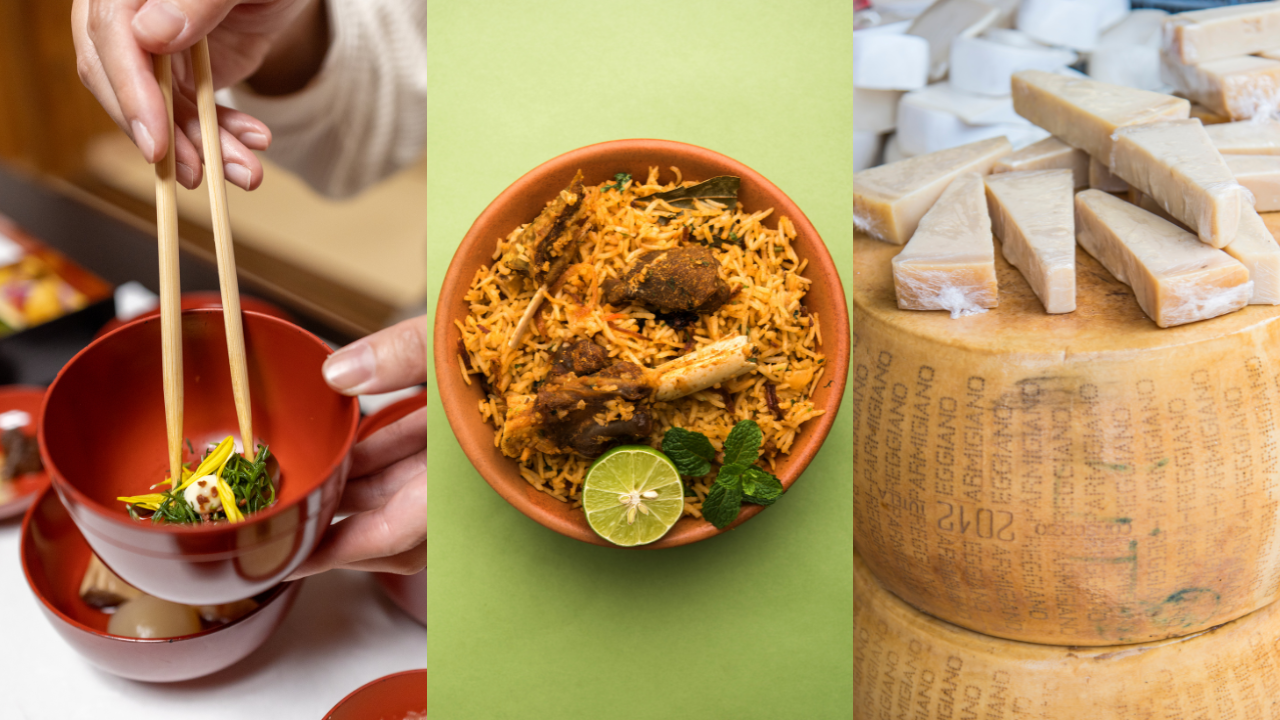
5 UNESCO Cities of Gastronomy Worth Travelling For (Image credit: Canva)

Food represents the culture, the past, and the community. Gastronomy Cities of UNESCO reflect the places that maintain, celebrate, and renew culinary traditions. Cities where food is a cultural feature and a lifestyle are worthy of recognition. One can see the promotion of food cultures connecting people and forming rituals.
These cities revive the old cultures, support local farmers, and make sure culinary knowledge and skills are passed on to the coming generations. Food, as the creative cities see it, is not only a necessity, but rather it is an experience where local ingredients, community, and tradition are being celebrated. The most famous dishes, local products, and ingenious food-preparation methods make gastronomy a cultural heritage.
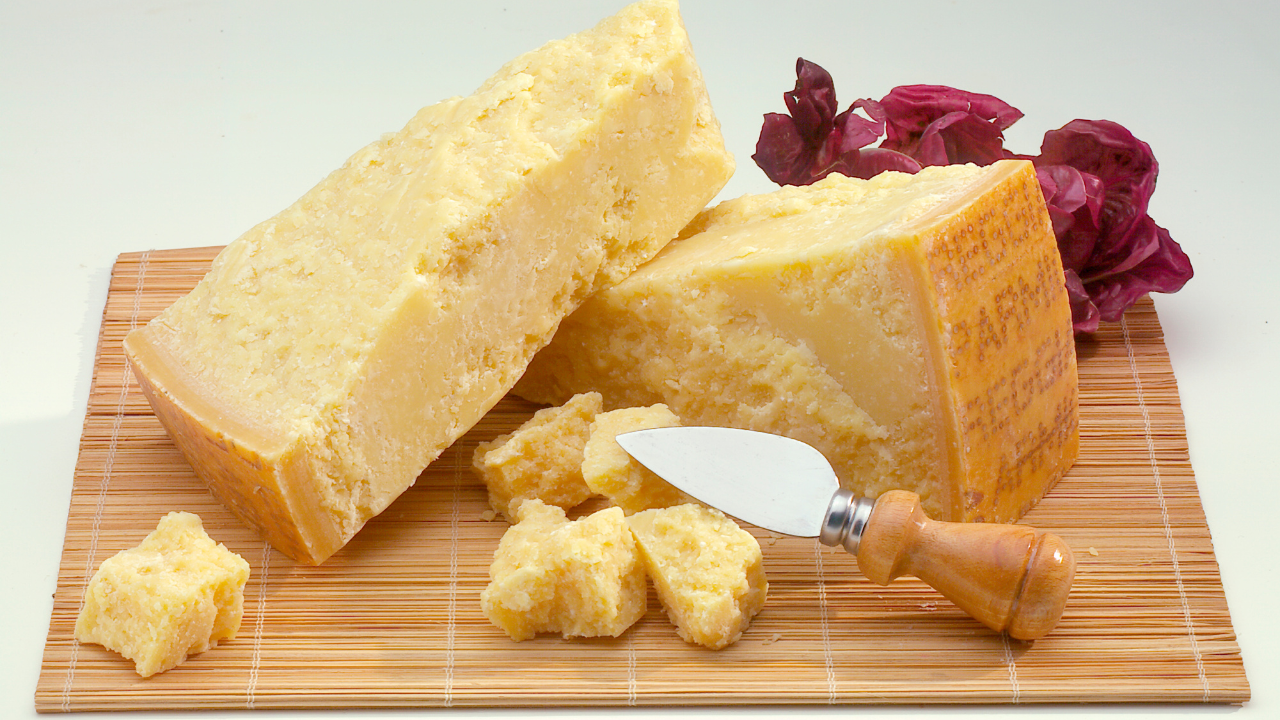 Parmigiano-Reggiano from Parma, Italy (Image credit: Canva)
Parmigiano-Reggiano from Parma, Italy (Image credit: Canva)
Parma, Italy
Parma, a city of gastronomy, has been the global fountain of authentic Italian food since its recognition in 2015. The most talked-about Parmigiano-Reggiano cheese and Prosciutto di Parma are the best demonstrations of human ingenuity in curing and ageing. People eat coffee, pasta, regional vegetables, along with the finest olive oil, on a daily basis. Food habits here lean toward perfection, seasonality, and a strong connection with the source of food, which makes Parma synonymous with real Italian gastronomy.
 Hyderabadi Biryani from Hyderabad, India (Image Credit: Canva)
Hyderabadi Biryani from Hyderabad, India (Image Credit: Canva)
Hyderabad, India
In 2019, Hyderabad was bestowed the title of a UNESCO Creative City of Gastronomy owing to its rich and long-standing food traditions. The food of the city is a mix of Mughlai, Persian, and Telugu. The city is famous for dishes such as Hyderabadi biryani, haleem, and dum ka murgh. Along with the old food culture, street food has flourished in the city. Kebabs, mirchi ka salan, and desserts like double ka meetha are sold in street carts. What makes every dish unique is the specific layering of spices and slow cooking methods.
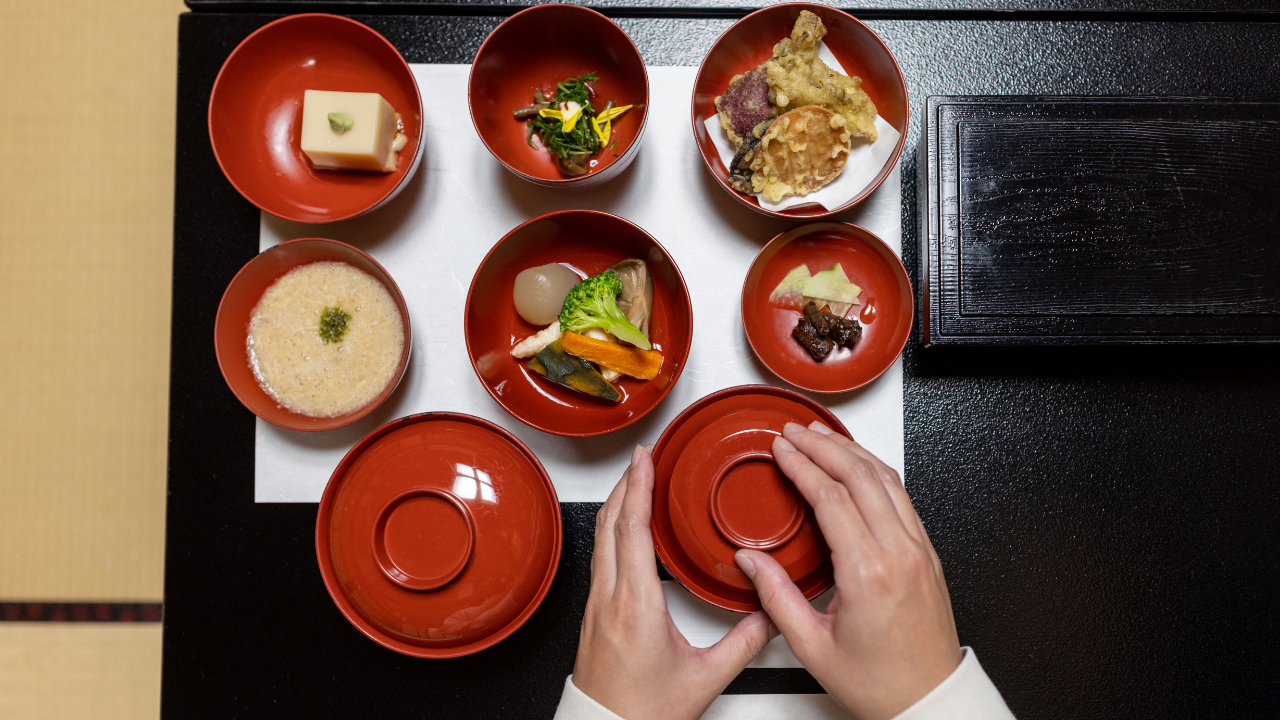 Shojin Ryori from Tsuruoka, Japan (Image credit: Canva)
Shojin Ryori from Tsuruoka, Japan (Image credit: Canva)
Tsuruoka, Japan
Tsuruoka was the first Creative City of Gastronomy in Japan in 2014. It prides itself on safeguarding traditional crops and local cooking methods. The city has over 50 vegetable heirlooms that are grown for use in local seasonal recipes like Shojin Ryori (Buddhist vegetarian cuisine) and miso-based soups. The cuisine of Tsuruoka is characterised by balance, simplicity, and the use of natural ingredients.
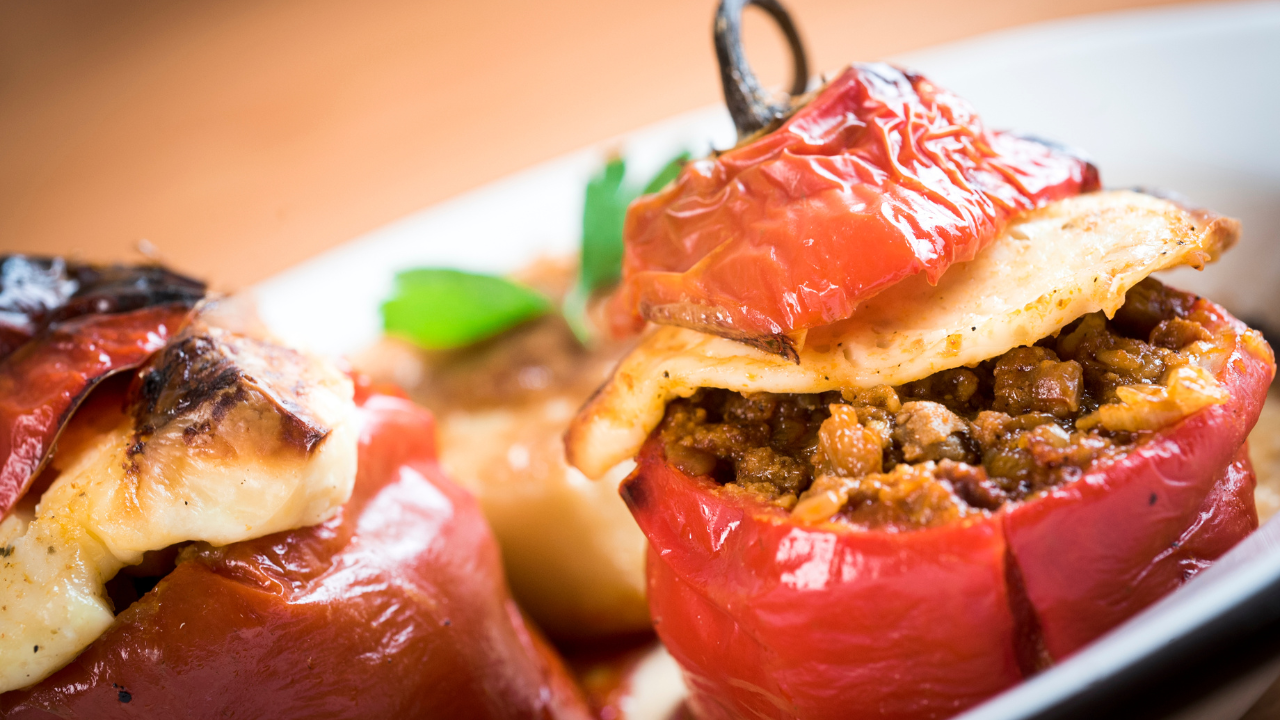 Rocoto Rellen from Arequipa, Peru (Image credit: Canva)
Rocoto Rellen from Arequipa, Peru (Image credit: Canva)
Arequipa, Peru
Arequipa is a fusion of Andean and Spanish culinary traditions. It got recognition from UNESCO in 2019. Its hearty cuisine is deeply intertwined with local agriculture through dishes like rocoto relleno (stuffed peppers), chupe de camarones (shrimp soup), and adobo, which feature native herbs, corn, and spices. Picanterías, traditional family-run eateries, are the heart of the city’s gastronomic culture, preserving the recipes and preparation methods handed down from ancestors.
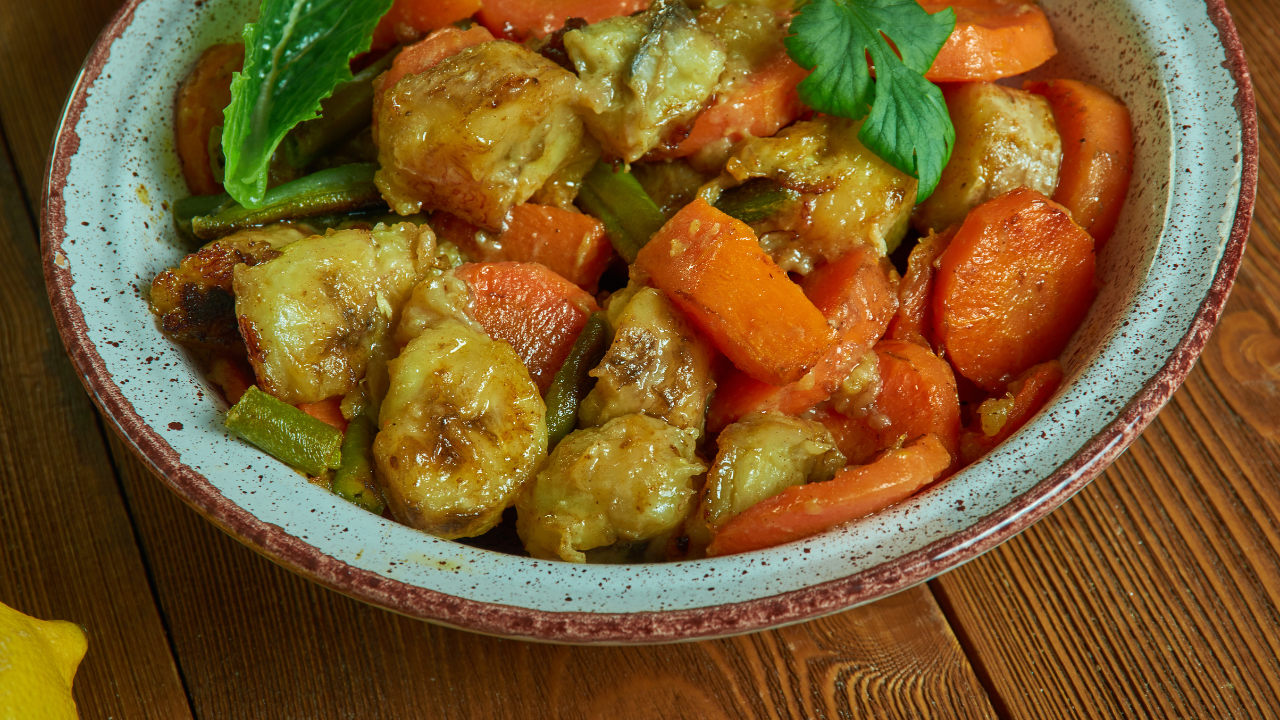 Poulet DG from Nkongsamba, Cameroon (Image credit: Canva)
Poulet DG from Nkongsamba, Cameroon (Image credit: Canva)
Nkongsamba, Cameroon
Nkongsamba in Cameroon was recognised in 2023. It is known for the liveliness and variety of its food culture. The emphasis in the city is on fresh and local foods like cassava, plantains, and tropical vegetables. Meal preparations include slow-cooked stews and grilled meats that bring out the specific tastes of the region. The cuisine of Nkongsamba is a mix of native methods and community practices, keeping culinary traditions alive while promoting sustainable food systems and regional identity.


Dining and Cooking